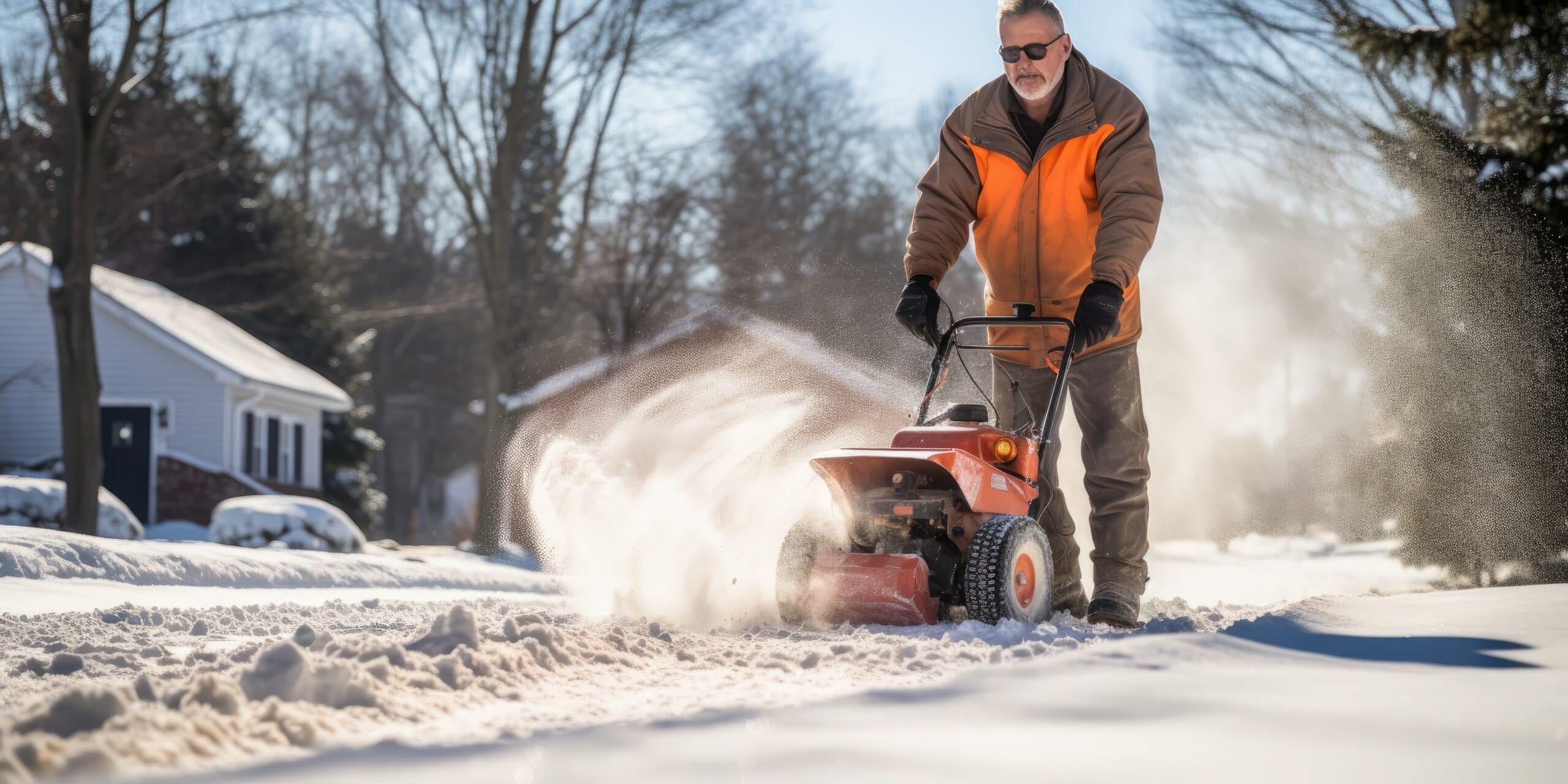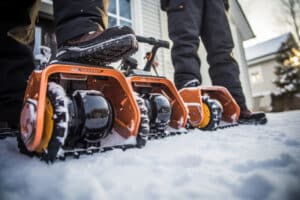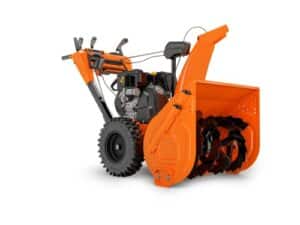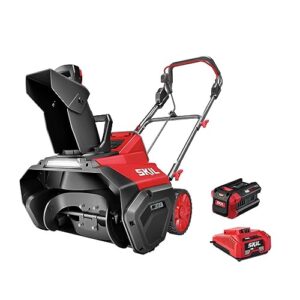How do snow blowers function?
Key Takeaways
- The primary component of a snow blower is the rotating auger, which picks up snow from the ground and guides it into the machine.
- The discharge process of a snow blower varies depending on the type. Single-stage snow blowers shoot the snow through a chute, while two-stage and three-stage snow blowers feed the snow to an impeller for more efficient clearing.
- Some snow blowers are self-propelled and have additional features like adjustable chutes and handles for ease of use.
Snow blowers are essential tools for clearing snow from driveways, sidewalks, and other outdoor areas. They work by using various mechanisms to pick up snow from the ground and discharge it to the side. In this article, we will explore how snow blowers function in detail.
Rotating auger for snow pickup
The primary component of a snow blower is the rotating auger. This auger consists of spiral blades that churn up the snow and guide it into the machine. As the snow blower moves forward, the auger scoops up the snow from the ground, allowing it to be processed and discharged.
The auger is powered by an internal gas engine or an electric motor, depending on the type of snow blower. The engine can be started using either a recoil start or a push-button electric start. The size and design of the auger can vary, with some made of plastic and others made of steel. The choice of material depends on factors like durability and performance.
Discharge through chute or impeller
Once the snow is picked up by the auger, it is either discharged directly through a chute or fed to an impeller. The discharge process varies depending on the type of snow blower.
In single-stage snow blowers, the auger itself is responsible for shooting the snow through the chute. This type of snow blower is typically electric and best suited for smaller amounts of snow. The snow is propelled out of the chute, usually up to 20 feet away.
In two-stage and three-stage snow blowers, the auger feeds the snow to an impeller. The impeller increases the pressure and flow of the snow before sending it through the chute. This mechanism allows two-stage and three-stage snow blowers to handle larger volumes of snow and clear it more efficiently.
Three-stage snow blowers have an additional induction accelerator, which breaks up the snow and sends it into the impeller for even faster and more efficient clearing. This feature makes three-stage snow blowers particularly effective in handling heavy and wet snow.
Self-propelled and additional features
Some snow blowers are self-propelled, meaning they have a transmission system that assists in moving the machine forward. This feature is especially useful when dealing with larger and heavier snow blowers.
Additionally, snow blowers may have other features like adjustable chutes and handles for ease of use. The chute can be adjusted to direct the snow in the desired direction, allowing for precise and controlled snow clearing.
Conclusion
Snow blowers function by using a rotating auger to pick up snow from the ground and either discharge it through a chute or feed it to an impeller. The auger is powered by an engine or motor, and the type of snow blower determines the discharge process. Single-stage snow blowers use the auger to shoot the snow through the chute, while two-stage and three-stage snow blowers have an impeller to assist with the discharge. Self-propelled mechanisms and additional features like adjustable chutes make snow blowers efficient and user-friendly tools for clearing snow.
Related Websites:
FAQs:
Q: What are the different types of snow blowers available in the market?
There are three main types of snow blowers available in the market: single-stage, two-stage, and three-stage. Single-stage snow blowers are ideal for light snowfall and small areas. Two-stage snow blowers are more powerful and can handle heavier snow and larger areas. Three-stage snow blowers are the most powerful and efficient, making them suitable for heavy snowfall and large areas.
Q: How does a snow blower work?
A snow blower works by using an auger to scoop up the snow and feed it into an impeller. The auger cuts and breaks down the snow, while the impeller throws the snow out of the chute. This process is facilitated by a power source, such as a gas engine, electric motor, or battery, and is usually propelled forward by wheels or tracks.
Q: What controls and features are available on snow blowers?
Snow blowers come with various controls and features to enhance maneuverability. Users can adjust the throwing direction and distance using control levers or knobs. Adjustable speed settings allow users to match the speed with different snow conditions. Some snow blowers also feature heated handles, headlights for improved visibility, and power steering for easier maneuvering.
Q: What maintenance and safety considerations should I keep in mind?
To maintain a snow blower, regularly check and change the oil, inspect the spark plug, and clean or replace the air filter. Properly store the snow blower in a dry and secure place. When operating a snow blower, always wear protective gear, such as goggles and gloves. Follow safety precautions like keeping hands and feet away from moving parts and never leaving the machine unattended. It is essential to read and understand the user manual before use.
Q: What are the benefits of using a snow blower?
Using a snow blower offers several benefits. It saves time and effort compared to traditional shoveling. Snow blowers are efficient in clearing snow from driveways, walkways, and other areas, ensuring safe passage. They can handle different snow conditions and depths, making them versatile. Additionally, snow blowers reduce the risk of back strain and injury associated with shoveling snow manually.






